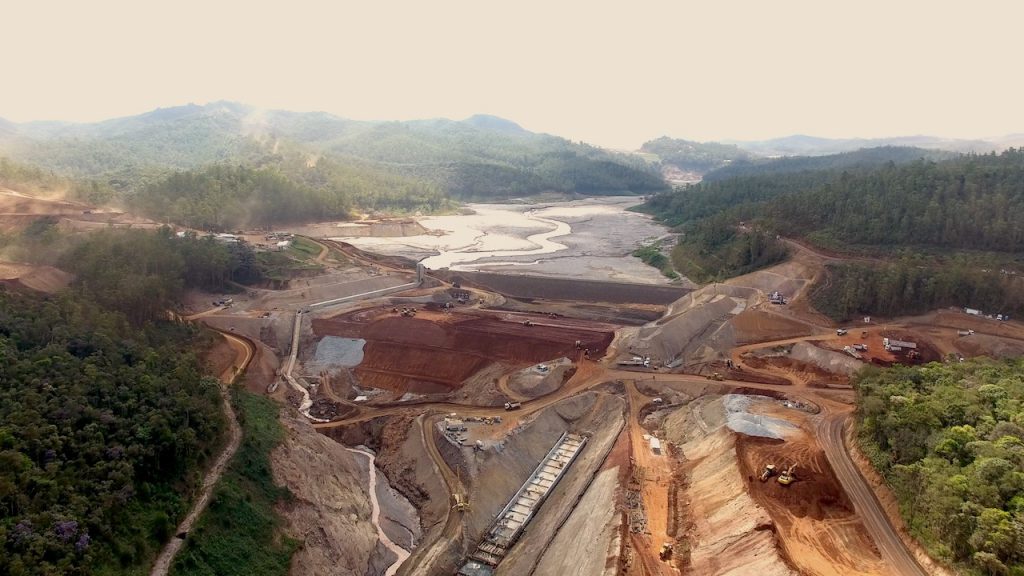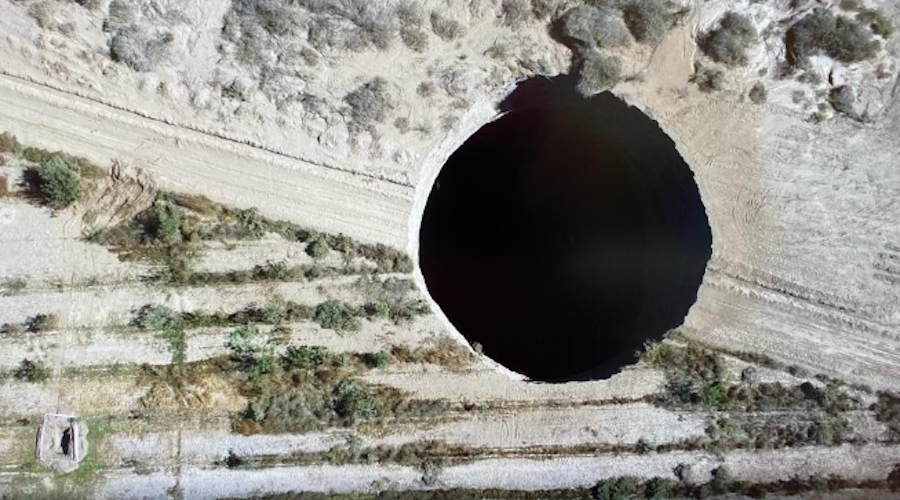Canada Set To Miss Out On A Massive LNG Opportunity
- Despite Canada's huge gas reserves, the country does not own a single LNG export terminal.
- Canada’s energy regulatory framework is notorious for scaring away oil and gas projects.
- At current prices, just one facility for exporting superchilled gas could be adding nine figures to the Canadian GDP each day.
Shortly after Russia invaded Ukraine in late February, dozens of Eurozone countries pledged to heavily cut Russian natural gas imports or halt them completely as soon as they could afford to. These countries took several aggressive measures to replenish their natural gas stockpiles ahead of the winter season, including reaching a political agreement to cut gas use by 15% through next winter. It’s, therefore, little wonder that Germany--the country’s worst hit by the Russian energy crisis-- is currently on a mad dash to secure alternate sources of gas before the onset of winter. But here’s the biggest irony of them all: Germany and Europe are more likely to secure future gas supplies from Mozambique, one of the world’s poorest nations with scant infrastructure, riddled with terrorism and located 8,140km away from Germany, than Canada, one of the biggest producers of the stuff, with more than a dozen potential LNG sites and a ‘mere’ 6,400km away.
Indeed, this might turn out to be one of the biggest missed opportunities in Canadian history considering that at current prices, just one Canadian port exporting superchilled gas could be adding nine figures to the Canadian GDP each day.
Love-Hate Relationship
Canada is the planet’s fifth largest producer of natural gas and ranks 15th in the world for proven natural gas reserves. The country’s biggest problem simply is lack of infrastructure--and political goodwill.
It’s somewhat shocking to learn that Canada does not own a single LNG export terminal, with virtually all the country’s natural gas exports delivered to the United States via pipeline. It’s not for lack of trying though. In recent years, Natural Resources Canada says it has received proposals for 18 LNG export projects, including five on the East Coast. Currently, just one terminal is under construction, with a second not quite poised to break ground.
In sharp contrast, Mozambique is gearing up for a $100B LNG windfall, with the country poised to ship its first cargo of liquefied natural gas (LNG) overseas at a time when prices have soared to record highs with Europe desperately trying to cut energy ties with Russia.
According to ship-tracking data compiled by Bloomberg, the BP-operated LNG tanker British Mentor was slated to arrive this week at a new floating terminal that Italian energy giant Eni S.p.A. is completing off Mozambique’s northern coastline. Eni has said that commissioning activities at the Coral-Sul FLNG vessel were progressing well, with first exports to be communicated in due course. The Italian company is already planning a second floating export platform in the southern African country that could be completed in less than four years.
All that progress despite the fact that Mozambique has been plagued by terrorism, civil strife and rampant systemic corruption for decades, to a point where it has been unable to exploit its vast fossil fuel reserves leading to its status as the world’s third poorest nation.
You can blame this state of affairs on Canada’s love-hate relationship with fossil fuels.
Despite the Canada–United States Free Trade Agreement in 1988, a sense of ambivalence towards fossil fuels prevails to this day. In the current geopolitical climate, oil and gas are both hated and adored. Hated because of their outsized role as the number one climate change pariah. Adored as an alternative source of natural gas, especially since Russia’s invasion of Ukraine and the attendant threat that Moscow might cut off gas supplies to Europe.
Back in March, Canadian Natural Resources Minister Jonathan Wilkinson announced that Canada has the capacity to increase oil & gas exports by up to 300,000 barrels per day (bpd) by the end of this year to help improve global energy security. He also added that Canada is looking at ways it may be able to displace Russian gas with liquified natural gas (LNG) after requests for help from Europe. Currently, a Shell-led consortium is building a large LNG facility on the west coast at Kitimat which is due for completion around 2025, but the country exports zero LNG.
But it need not be this way. Canada’s energy regulatory framework is notorious for scaring away oil and gas projects, and in February turned down a $10-billion LNG export facility planned for Saguenay, Quebec largely on the grounds that it would increase greenhouse-gas emissions. All five of the now-languishing East Coast projects were in the planning stages as early as 2015 but have been held back by a hostile and byzantine regulatory climate.
At this stage, it’s not 100% clear whether Canada is ready to relax its attitude towards fossil fuels.
Recently, Prime Minister Justin Trudeau went on record saying that exporting LNG from Canada’s east coast to Germany could ease Europe’s gas crunch: “It’s doable, we have infrastructure around that,” he said at a joint press conference with German Chancellor Olaf Scholz though he failed to offer a timeline when asked for one.
However, as Politico notes, doable doesn’t necessarily mean realistic, especially given that Europe wants to slash Russian gas purchases by two-thirds by the end of the year.
In the same vein, Trudeau conceded that weak business cases have kept proposed export facilities from moving forward: “Right now our best capacity is to continue to contribute to the global market to displace gas and energy that then Germany and Europe can locate from other sources,” Trudeau has conceded.
Recent comments by Canadian gas producers are also quite telling. In an interview this week, Enbridge Inc. (NYSE: ENB) CEO Al Monaco hinted at Canada’s infamous industry red tape when he said the country needs to “get out of our own way when it comes to energy and building infrastructure.”
Perhaps not even sky-high natural gas and LNG prices are enough to persuade Trudeau's administration to change its stance on oil and gas. But as they say, you never really know, considering that the U.S. only began exporting LNG in 2016, and has managed to become the world’s leading LNG exporter in such a short space of time.
By Alex Kimani for Oilprice.com








